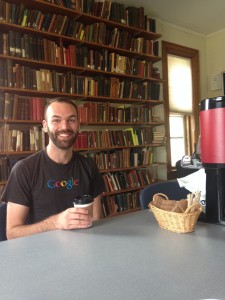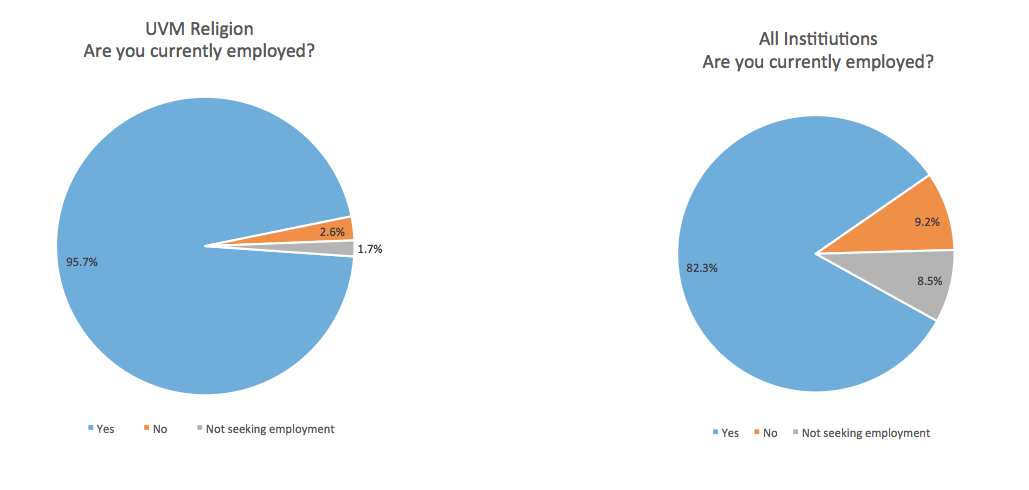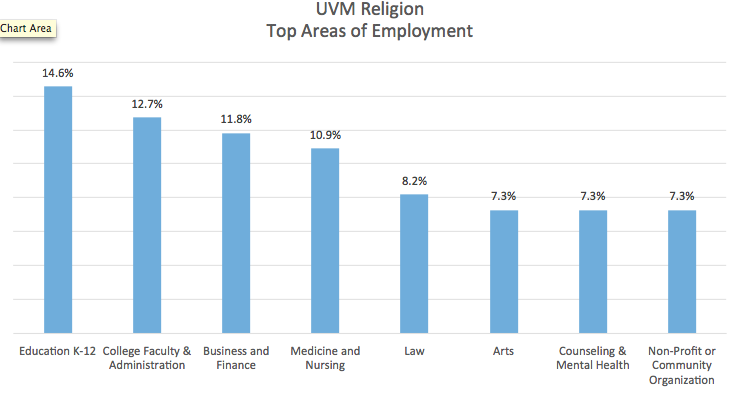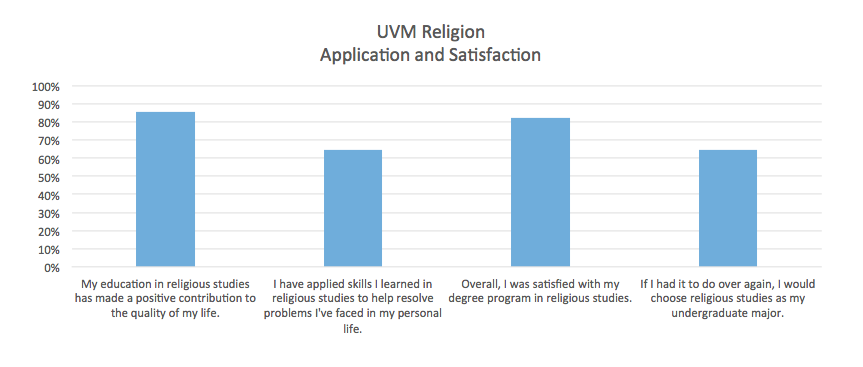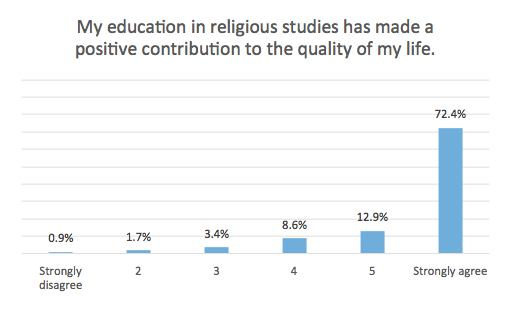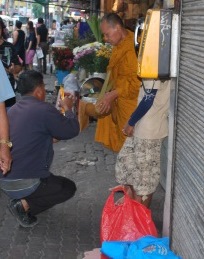by Todne Thomas Chipumuro
It’s Halloween season. The crisp fall air pairs with the final scenes of colorful foliage. Children are giddy with the prospects of receiving candy in exchange for their cute or frightening frocks. College students appear to be just as excited as they whisper about weekend plans and costume choices with their classmates. Amongst the bevy of options they contemplate and discuss are the supernatural cast of characters that include vampires, witches, fairies, werewolves, and zombies.
Within a contemporary U.S. socio-cultural milieu, zombies often appear in films as a destructive horde singularly focused on cannibalizing humans who are often left to survive amidst the ruins of shattered societies. From the ravenous, rotting corpses that terrorize remnant communities on The Walking Dead and World War Z, to the virally-infected hosts that horrify humans in I Am Legend, Resident Evil, and 28 Days Later, to the disenchanted but awkwardly well-meaning zombies of Warm Bodies, zombies have become more than fixtures of the silver screen. Zombies and the forms of apocalypse they foretell have become their own genre of U.S. popular culture that illustrate the disasters that can be wrought by an over-zealous bio-industrial military complex, capitalist overconsumption, and, I would argue, the dystopia of economic recession. Not just a cinematic fixture, the zombie emerges as a symbol of danger, lifelessness, ugliness, and contagion that has been mobilized to describe economics, modernity, Jesus, and even pumpkins. More broadly, the zombie emerges as a figure that exists beyond the boundaries of life and humanity. Animated but not alive, consumptive but never satiated, the zombie symbolizes liminality in perpetuity—the social condition of being caught betwixt and between states of existence, the alienations of capitalism, and the limbo of postmodernity.
Far from a contemporary creation, the zombie of the U.S. popular culture landscape descends from two predecessors: the zombie produced through a U.S. imperial and racial imaginary during the U.S. occupation of Haiti (1915-1934) and the zonbi of Vodou religious culture. The U.S. popular cultural zombie emerged as a bricolage of foreign travelogues, folklore accounts, and U.S. military accounts of Vodou religious practice shaped by unexamined imperialist beliefs in Haitian racial and religious primitivism. If Vodou (a syncretic religion generated by enslaved Africans’ creative combinations of traditional African religious practices and Catholic ritual ways and iconography) became mobilized as evidence of Haitian social degeneracy and incapacities for self-governance, the zombie became a symbolic lynchpin in the argument for U.S. military and economic intervention.
Translated from the pages of foreign accounts into the emerging horror genre of Hollywood with the film White Zombie (1932), the zombie emerged as a “postcolonial sub-subaltern monster” that terrorized white western audiences with the prospects of being “dominated, subjugated, and effectively ‘colonized’ by a native pagan” (Bishop 2008: 141-142). The zombie, then, first entered U.S. popular culture as a symbol of racial and imperial anxieties about Western dominance and postcolonial retribution. The zombie imagery popularized by Romero’s famous film Night of the Living Dead (1968) is set in a different decade but reflects related socio-political constructs about racial otherness and societal decay.
The zonbi of Vodou religious culture provocatively speaks to another set of historical and ethical concerns. For Vodou practitioners, the zonbi symbolizes the ways in which the stakeholders of the French plantation regime attempted to reduce enslaved persons to the value of the labor produced by their bodies. If, as aptly worded by Martinican intellectual Aime Cesaire in Discourse on Colonialism, “colonization = thingification,” the zonbi (a laboring body devoid of agency whose sole purpose is to minister to the desires and whims of the bokor/sorcerer who resurrected him/her) becomes a powerful illustration of the dehumanization and commoditization of slavery.
In the postcolonial society made possible by a successful Haitian revolution against the French, the zonbi continued to reflect exploitative social dynamics through its association with the torture and silencing of dissidents and everyday individuals during a Duvalier regime that was imagined as an ensorcelling dictatorship. Aside from the zonbi’s reflection of the exploitative evacuation of human agency by colonial and postcolonial stakeholders, a number of theories abound about the socio-cultural and ethno-botanical constructions of the zonbi. One such reading outlines the zonbi as an embodied form of punishment against individuals who grossly violate community ethics. As described by anthropologist Elizabeth McAlister:
One extreme and rare form of punishment these societies can hand down to a criminal is to be made into a zonbi zo kadav, whereby his spirit is extracted from his body and his body is sold into modern-day slavery to cut cane on a sugar plantation….The body is then left as a religious and social corpse” (2012: 469-470).
The zonbi created as a community response to malignant individualism is just as stringent as it is allegedly final. While such a process of zonbification raises important questions about vigilantism, power, representation, and agency, I would also contend that the zonbi of Vodou religious culture can be understood as a symbolic guardian of an ethics of reciprocity. The zonbi’s plight across a variety of Haitian contexts and imaginations thus speaks not only to an indemnification of overconsumption but of communities interested in making interventions to prevent social cataclysm. Thus, the zonbi emerges as an individual objectified figure constituted by a broader narrative of community agency. As argued by Christopher Moreman and Cory Rushton in their cross-cultural study of zombie appropriation, “In many respects it looks as though the Haitian zombie is a thing of the past, permanently eclipsed by the success of Romero’s cannibals” (2011: 5). But what if we take a moment to place the zonbi in its proper context? To do so would be to partake of an aperitif—to study our understandings of community, the ethics of social relationship, and the legacy and contemporary dimensions of U.S. socio-political engagements rather than robotically consuming an appropriated icon.
Works Cited
Bishop, Kyle
2008 The Sub-Subaltern Monster: Imperialist Hegemony and the Cinematic Voodoo Zombie. Journal of American Culture 31(2): 141-152
Cesaire, Aime
2000[1972] Discourse on Colonialism. New York: Monthly Review Press.
Moreman, Christopher and Rushton, Cory, eds.
2011 Race, Oppression, and the Zombie: Essays on Cross-Cultural Appropriations of the Caribbean Tradition
McAlister, Elizabeth
2012 Slaves, Cannibals, and Infected Hyper-Whites: The Race and Religion of Zombies. Anthropological Quarterly 85(2): 457-486.

